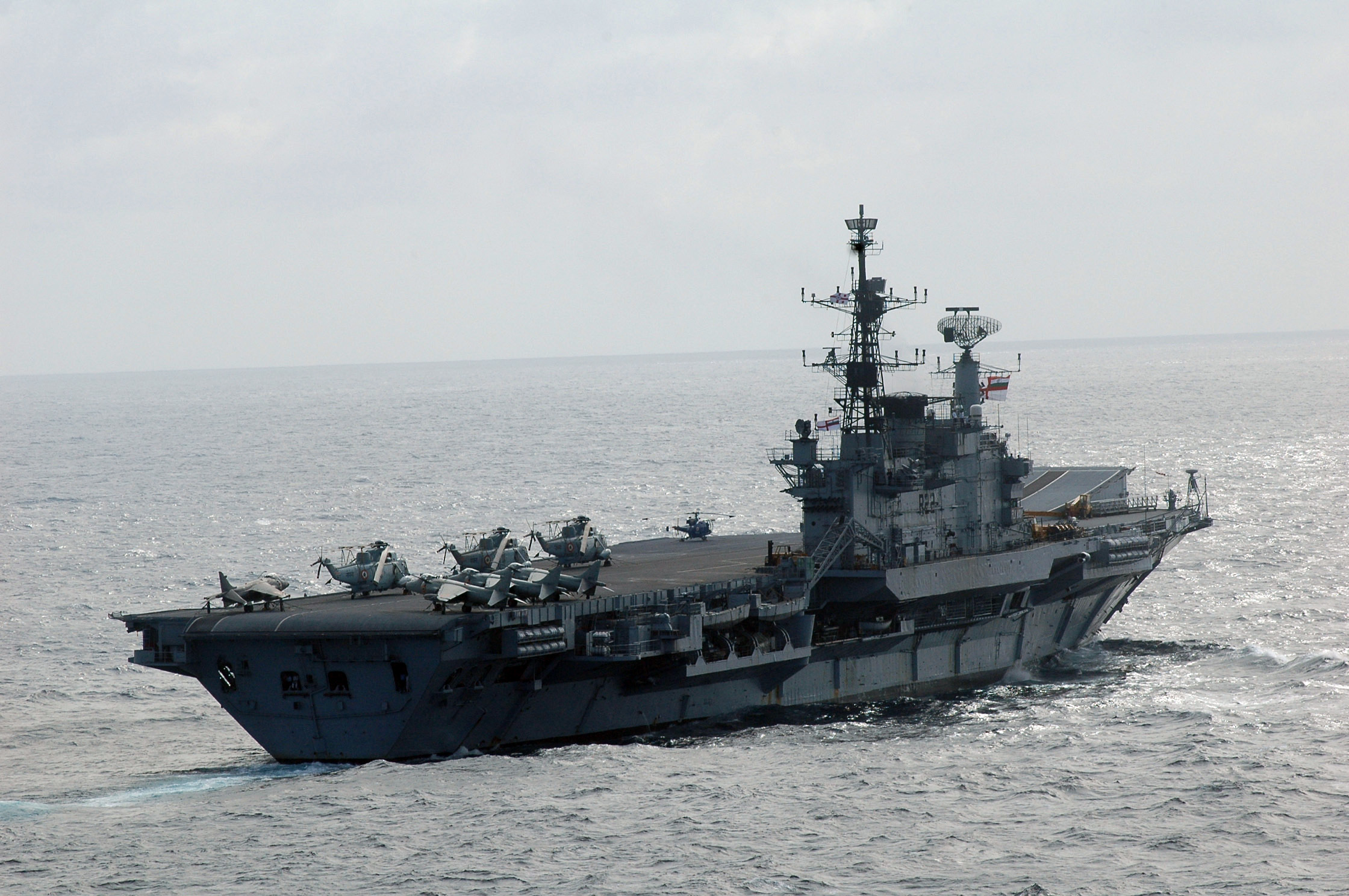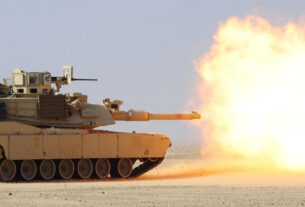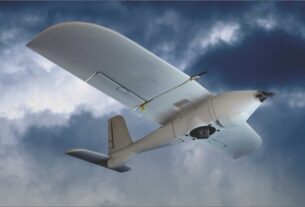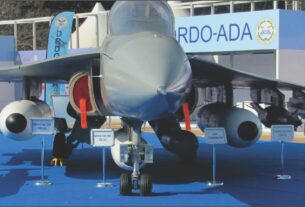Warship construction and naval technology
A plan to double the fleet strength of the Indian Navy over a ten-year period beginning 2013 has been in the implementation stage for the past four years.
In a long-gestation industry ideas begin to flow at least 20 years in advance.
While there is no doubt that the Indian Navy is now a ‘builder’s Navy’ and far removed from a ‘buyers Navy’ that it was for several decades after cutting the umbilical chord with Britain in 1947 one has not heard of anything on the drawingboards that would indicate how India proposes to deal with the immediate requirements of the vast Indian Ocean Rim Association that India hopes will become a regional factor in the years to come.
The geographical expanse of the Indian Ocean region stretches from Cape of Good Hope in South Africa till the eastern seaboard of New Zealand.
If India is to contribute in any significant way to the security and wellbeing of this vast and varied commonwealth of nations it will have to demonstrate that it is capable of swift intervention/ projection of presence at any portion of this seascape.
Given that it has not been able to protect its own fishermen being shot by the Sri Lankan Navy at its very doorstep shows how much needs to be done to be able to keep a promise of being the sole security provider in the Indian Ocean area.
Patrolling pattern
With regard to the fishery problem with Sri Lanka it has been suggested that the Indian Navy, which has overall command of maritime security, redesign the patrolling pattern of the Indian Coast Guard in the area to prevent Indian fisherfolk from straying into Sri Lankan waters for access to rich fishing grounds that fall within their jurisdiction.
If India does not want to begin looking like a banana republic with the Sri Lanka Navy shooting Indian fishermen at Indian doorstep it is time that the Naval HQ take quick steps to convert/upgrade/redesign some of the existing mid-shore patrol vessels (or create a new vessel) with a capability to carry a Dhruv helicopter on board.
With this configuration the mission of the Coast Guard deployment must be to act as a “shepherd” to Indian fishing fleets from straying into Sri Lanka waters and be shot.
Concomitantly, steps should be taken to mark the maritime boundary between the two countries with buoys to ensure that there is a clear understanding of where the maritime boundary lies and any transgression would be at the risk of the intruder.
The same would apply to the patrolling pattern along the Gujarat coastline adjacent to Pakistan where the frequent arrest of Indian fishermen has reduced them to pawns in a geopolitical Indo-Pak farce.
If India is unable to assert its jurisdiction vis-à-vis Pakistan, trying to be credible further afield will be hollow and a waste of money.
Thereafter, working outwards in ever-increasing concentric circles from the platforms required for protecting the Indian peninsular landscape from intrusions and disaster management Naval HQ must work towards creating aerial, surface and sub-surface vessels to deal with situations (threats, surveillance, reconnaissance and disaster management) at greater distances from the Indian landmass and its island territories on both the eastern and western seaboards.
It is undoubtedly true that Indian Navy is now a “builder’s Navy” given that all the 41 ships of different sizes and capabilities are now being constructed in either the Defence Public Sector Undertakings, or, increasingly in private sector shipyards.
Indigenous powerplants
Nonetheless, the time and cost overruns remain a major problem largely because many of the major systems be it the powerplant or the weapons systems that are to be installed in them are from foreign sources.
None of the Indian Navy ships has an indigenous engine (except the Arihant class of nuclear submarines).
Of the five other means of propulsion – waterjet propulsion, gas turbines, diesel engines, air-independent propulsion systems, and fuel cells – all need industry support to create viable propulsion systems indigenously.
Just as in military aviation the Indian Navy too is adversely affected by the absence of indigenous powerplants.
The possibility of a revival of the gas turbine technology that was developed for the Tejas fighter aircraft (named Kaveri) does raise expectations that viable engines for both aircraft and naval vessels can become a reality, hopefully soon.
The current powerplant used in the larger categories of warships is the L2000 American engine.
There are plans to increase the thrust of this engine to 7000 megawatts.
Warships built around such a powerplant can be designed for greater stealth, faster deployment time and lower acoustics.
Air Independent Propulsion and fuel cells hold out the promise of longer submerged periods for conventional submarines coupled with the advantages of quieter systems.
The waterjet technology has been at the heart of creating the small fast attack craft for inshore patrol for short high bursts of speed to catch up with intruders.
Such fast attack craft with capability to carry a helicopter has multiple uses at ranges up to 1000 nautical miles including anti-piracy operations and fishery protection.
The helicopter can also be used variously for sanitizing the “brown water” from lurking submarines to playing a protective shepherd to fishing boats and ocean-going commercial vessels from the depredations of pirates.
While it is known that the Indian Coast Guard which has the responsibility of guarding the coastline up to the edge of the 200 nautical mile Exclusive Economic Zone has nearly 100 fast craft of different sizes the frequent arrest of Indian fishermen by Sri Lanka and Pakistan makes dismal reading.
There is either a paucity of fast platforms or there is something radically wrong in the deployment pattern.
Naval platforms
The Indian Navy operates corvettes with a pronounced anti-submarine capability. The outer edge of the EEZ is the hunting ground of these compact and heavily armed vessels designed to touch speeds up to 75kmph.
They range in size from the 500 tonnes of the recently decommissioned Veer class to the 3,500 tonnes displacement of the more recent product of the Garden Reach Shipbuilders and Engineers of Kolkotta, the Komorta class.
The latter can touch speeds of up to 60kmph by a combination of diesel and diesel (CODAD) propulsion system using the French Pielstick engines.
Next in size are the frigates. India started by buying the British Leander class vessels and made it first foray into shipbuilding by “stretching” the Leander design to create the first indigenous hull for the Godavari class of oceangoing warships.
The follow-on vessel the Brahmaputra class was largely indigenous. The Talwar class of frigates were a joint venture with the Russians.
These were followed by the Shivalik class of multi-role vessels which carried the Brahmos missile and appropriate missiles and guns for a land-attack role as well as anti-aircraft and anti-submarine.
Currently there are 14 frigates in the fleet and the Shivalik with a tonnage of 6200 tonnes and a range of 9000 km is a potent defender of Indian maritime interests.
Next in size and improved capabilities are the destroyers which were intended to protect the first aircraft carrier in the Indian Navy, the INS Vikrant.
The first lot were made in collaboration with the Russians but the Delhi class of destroyers were based on Indian design.
Up to this level the Indian Navy is very capable of dealing with threats from the sea.
The Indian Navy has been configured to have three fleets – the Western, Eastern and Southern – each with its own aircraft carrier, landing craft capable of delivering tanks at far off beachheads, and landbased anti-submarine aircraft.
There is only one operational aircraft carrier at the moment with one under construction at the Cochin Shipyard Ltd.
There are two nuclear powered submarines –one ballistic missile carrier and one leashed from Russia with a second one likely to join the fleet.
The Arihant ballistic missile submarine is the pride of the Indian Navy, three more are under construction.
Even as it reaches for a full complement of three full-fledged fleets India will have to prepare for the introduction of nuclear propulsion not only in its submarine fleet but also in aircraft carriers and destroyer escorts.
Slowly the demand for conventional submarines to replace the ageing Kilo class of boats is being met by the introduction of the Scorpene class of France-designed boats.The first has just joined the fleet.
It is only when its major weapons platforms are converted to nuclear propulsion will the Indian Navy be counted as a force with a global reach.




